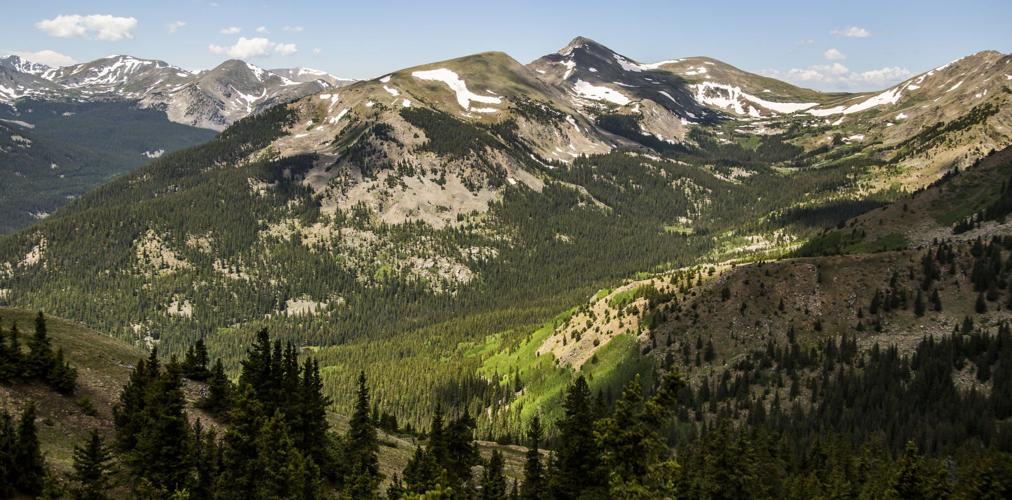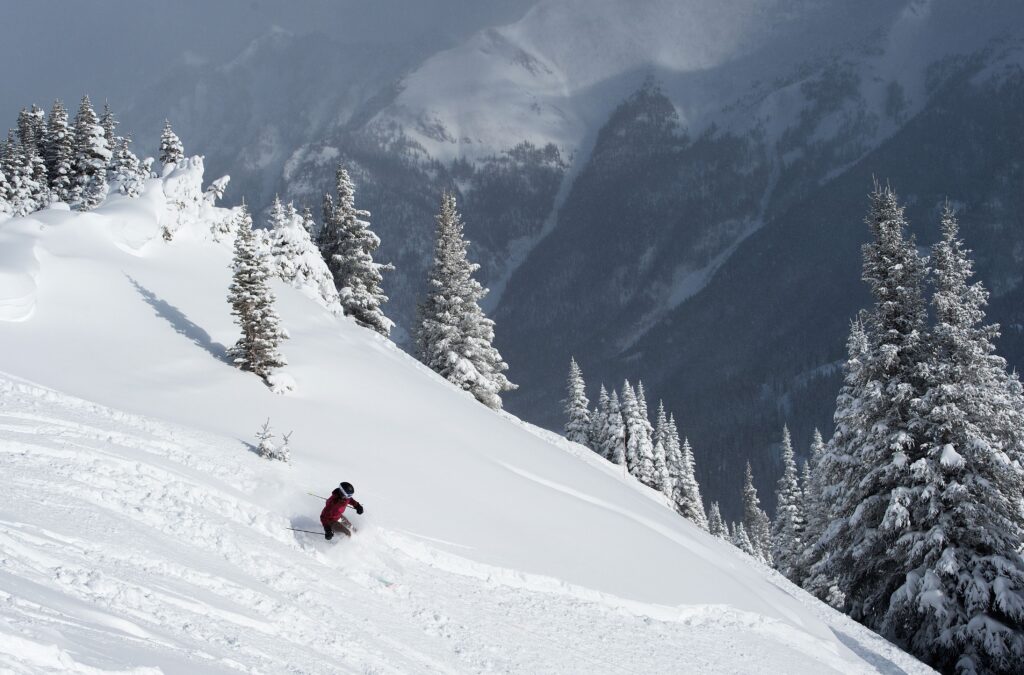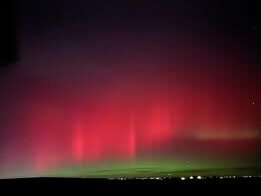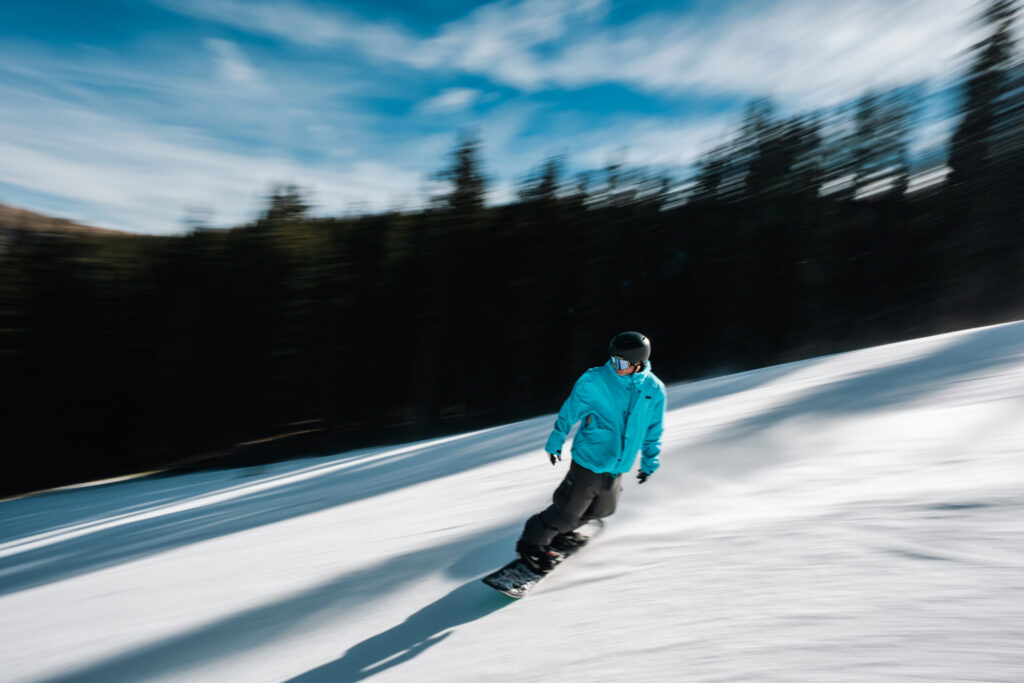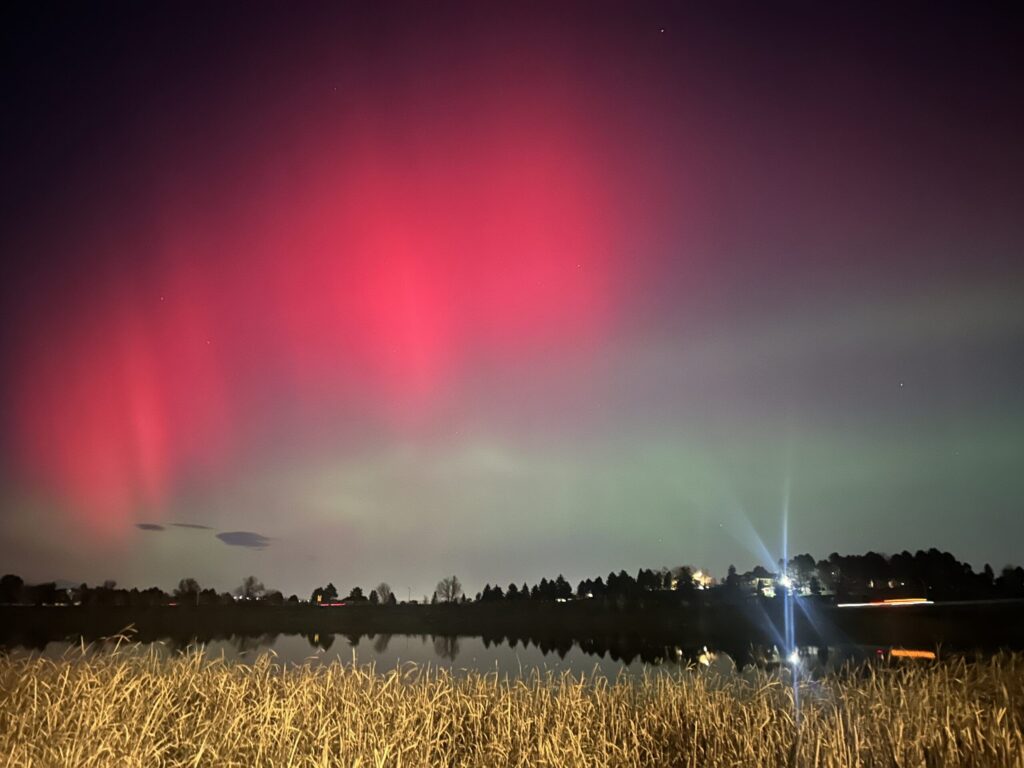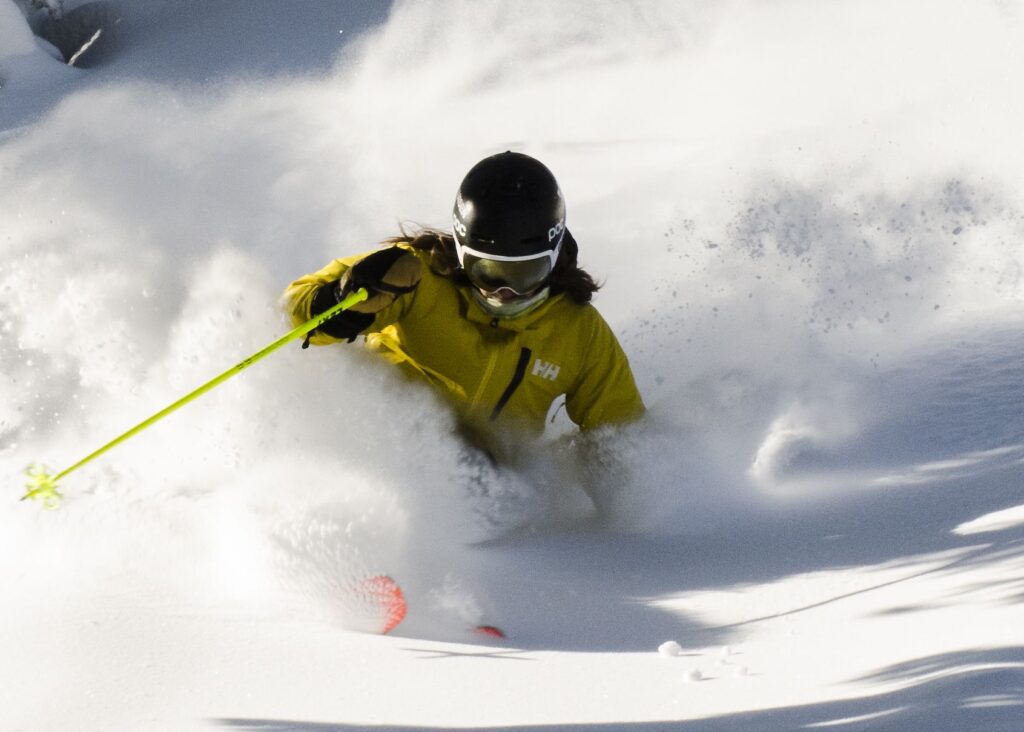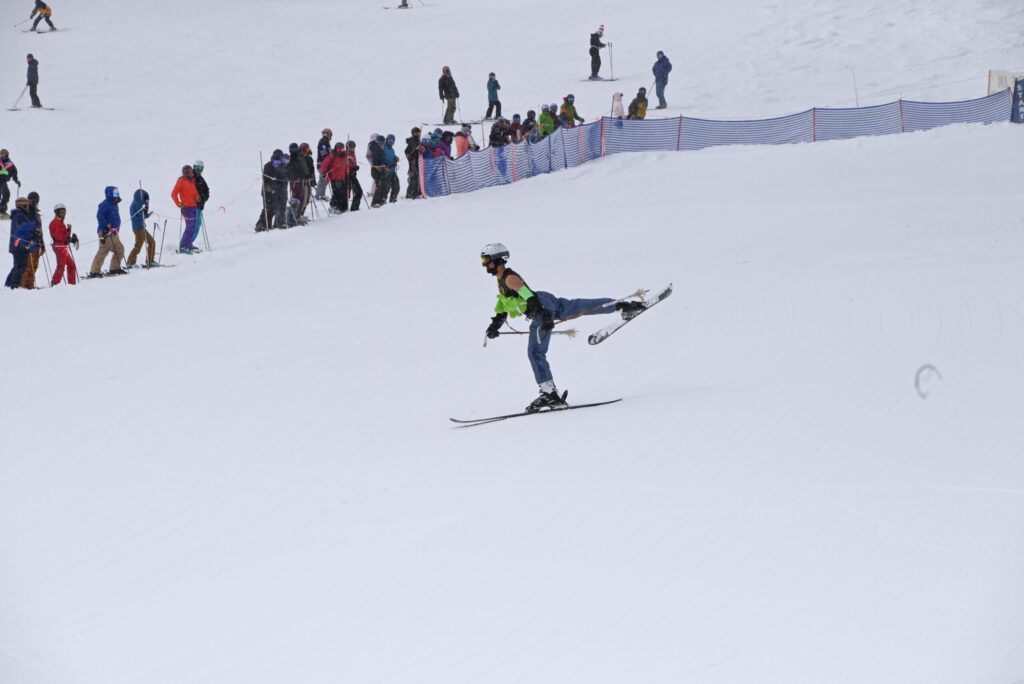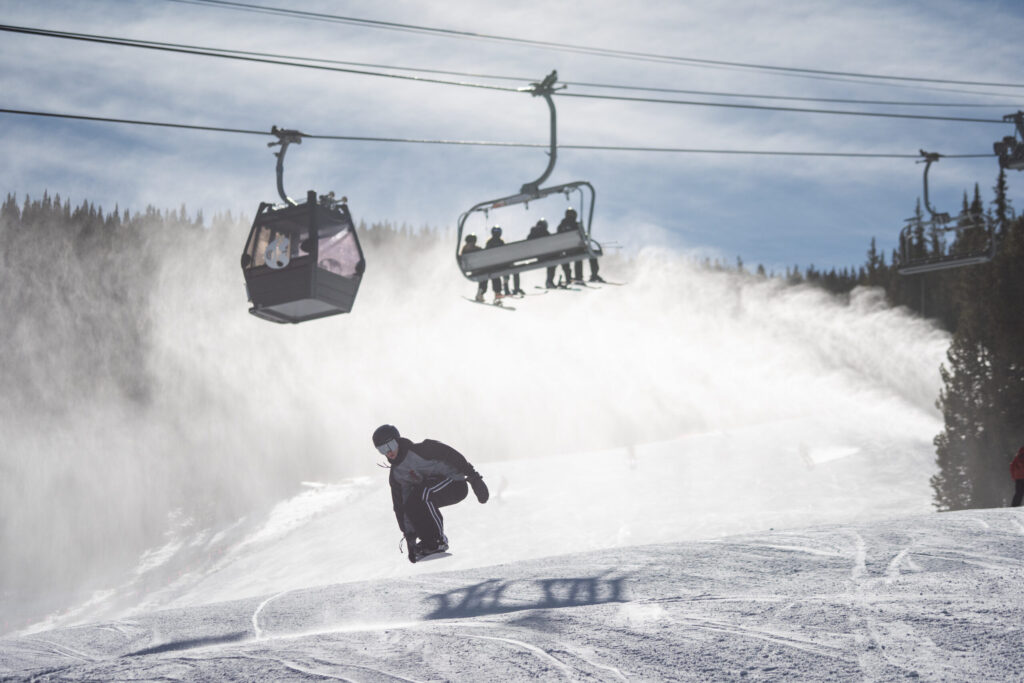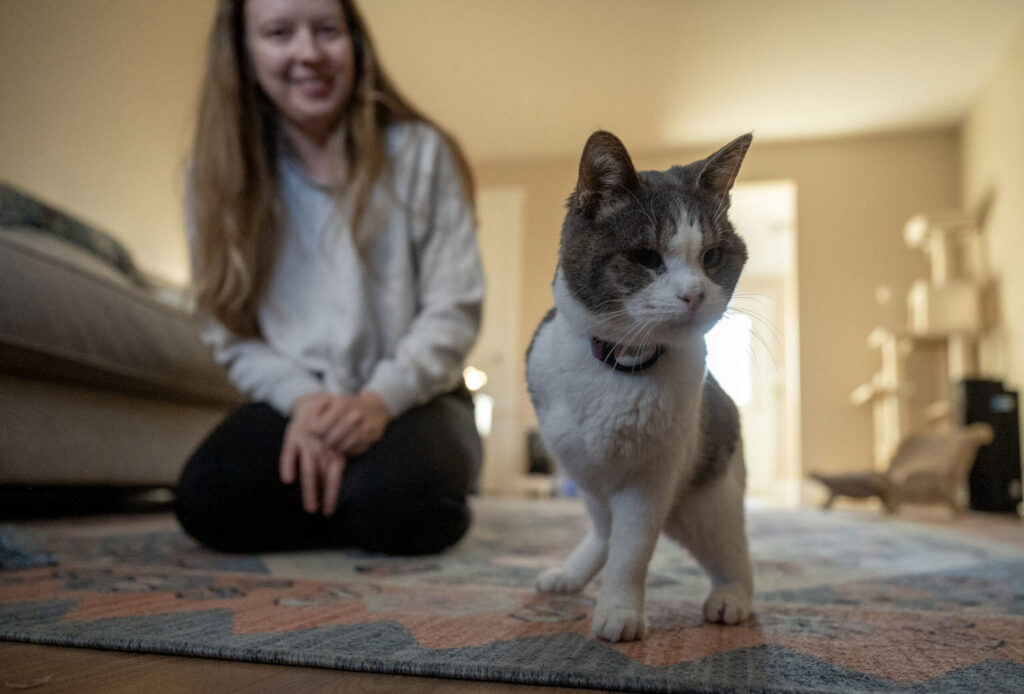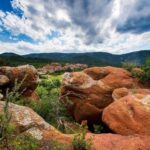Alt-rock: Why some jam to the less-traveled, extreme sides of Colorado 14ers

Colorado Fourteeners Initiative in recent years has rerouted a section of Black Cloud Trail on Mount Elbert — part of an alternate route the nonprofit’s executive director, Lloyd Athearn, recommends for those looking to get off standard trails in the fourteeners.
Courtesy of Colorado Fourteeners Initiative
In the 1990s, Andrew Hamilton was guiding river trips and in his spare time scaling Colorado’s highest peaks when he came by a book.
It was the first edition of “Colorado’s Fourteeners: From Hikes to Climbs,” by legendary mountaineer Gerry Roach. Like many others who had grown up in the state, Hamilton was familiar with trails to the summits — the hikes detailed in the book. He was far less familiar with the climbs.
The book “showed all these other routes you could do,” Hamilton recalls (250-plus across the 54 peaks). “For me, that just changed everything.”
Funding approved for controversial Mad Rabbit trails in Colorado
In later online forums — the likes of 14ers.com that digitally chronicles many of those routes Roach put on the page — Hamilton would become known as “the King of the Fourteeners.” The name would be for his record-setting dashes across the peaks.
And the feats were only possible with information he gathered from Roach’s book, those descriptions and maps inspiring summit linkups via different slopes and ridges that were more efficient — and also much more dangerous in the absence of a trail.

Andrew Hamilton dashes down a scree field high in Colorado’s mountains. He’s known as the “King of Fourteeners” for his records.
“Alternate” or “nonstandard” routes, as they are called. And “better,” Hamilton calls them.
As Roach explains in his book: “Most of the routes on Colorado’s fourteeners are walk-ups (Class 1, Class 2, easy snow) or scampers (Class 2+), but there are many wonderful scrambles (Class 3, moderate snow) and technical climbs (Class 4, Class 5, steep snow).”
The standard routes were “becoming crowded,” reads the third edition of “Colorado’s Fourteeners,” released in 2011. But “Colorado is still full of wilderness!”
Hence the draw to alternate routes — for a certain, niche crew.
“For more experienced people who are looking for a bigger challenge, and to use their brain a little more,” says Hamilton’s wife and climbing partner, Andrea Sansone.
Colorado Springs Utilities forwards plans for new reservoir
Yes, for the serious and experienced, it’s “a natural progression” in the history of alpinism, says Lloyd Athearn, executive director of Colorado Fourteeners Initiative (CFI).
“There’s always been a spirit to try new things, to test oneself and find more aesthetically pleasing and challenging lines,” he says.
However “a natural progression” for some, routes off trail and beyond fairly gentle talus fields are not for all, he stresses. CFI estimates 260,000 people ascend fourteeners every year. And “the vast majority should be on standard routes,” Athearn says.
That’s because the vast majority are not like Hamilton or the young man who broke his wintertime fourteener speed record back in 2023.

Chris Fisher negotiated harsh terrain and elements during his record push across Colorado fourteeners in winter.
More recently, Chris Fisher has been mixing it up in the Himalayas. When he’s back among Colorado’s fourteeners, he’s not drawn to the trails nearly as much as he’s drawn to sheer, rocky faces often requiring rope and steep, narrow spines always requiring skill and intense focus.
He’s well familiar with the Four Great Traverses, as they’re known by thrill seekers: perilous, exposed links between Little Bear and Blanca peaks; between South and North Maroon peaks; between Crestone Peak and Crestone Needle; and between El Diente Peak and Mount Wilson.
Those are not to be dared by the uninitiated, Fisher says. “I think the best way to work your way up is starting with something like Kelso Ridge and Sawtooth.”
Kelso resembles a dragonback between Grays and Torreys peaks, while Sawtooth is the jagged traverse between mounts Bierstadt and Blue Sky. Fisher points to another route commonly sought by Front Range explorers broadening their horizons: the West Ridge route of Quandary Peak, involving careful rock climbs along unforgiving drop-offs.
“A beautiful route,” Athearn agrees, “but I can’t tell you how many folks Summit County Search and Rescue has pulled off that route.”
Accidents and tragedies appear increasingly common on Kelso and Sawtooth as well from Alex Derr’s view. He tracks such episodes and aims to increase outdoor education through his blog, The Next Summit.
‘Best office in the world’: Busy summer of trail work on Colorado 14ers
Derr sees an alarming trend — “people getting ahead of themselves and chasing some cool shot for Instagram” — and also a somewhat understandable trend.
“After you’ve done like 15 or 20 (standard routes), I feel like, especially among my friends, they start saying, ‘Hey, what if we did the Angel of Shavano up Shavano instead of the standard, slog hike? Or what about Little Browns Creek?’”
That’s one he recommends: the Little Browns Creek route up Mount Antero, away from the Jeep road. “It’s simply the best way to hike Mount Antero, either as a single-day trip or an overnight venture,” he once wrote on his blog, detailing the 14-mile round trip with some Class 2 scrambling.

At 14,433 feet, Mount Elbert outside Leadville is the highest peak in Colorado. It’s also one of the easier fourteeners for those who aren’t experienced.
It’s one nonstandard fourteener route that does not fall into the overly technical category. Athearn points to a Class 1 alternative on the state’s highest mountain: the East Ridge route of Mount Elbert, with slightly more mileage, different views and far fewer people than the standard Northeast Ridge route.
“A little longer, but the additional effort is a small price to pay for solitude,” Roach writes similarly of Mount Yale’s East Ridge, an alternate to the standard, also Class 2 Southwest Slopes route. Roach’s book classifies the East Ridge as a “classic,” along with another often-preferred nonstandard route in the San Juan Mountains: the Southwest Ridge of Mount Sneffels.
On 14ers.com, the warnings are clear for those routes on Yale and Sneffels: exposure, rockfall potential, route finding and commitment are all listed as “considerable.”
That could describe the risks of any fourteener route, but especially most alternate routes, Derr says. If a personal locator beacon isn’t carried on a standard route, it should be for these routes off trail, he says, no matter how prepared and well-studied one is.
There’s a simple explanation for these more complicated ventures, he says: “High risks, high rewards.”
Risk and reward is a personal calculus, Hamilton recognizes. He only knows his own parameters, which were explained by a book he read not long ago.
“It was called ‘The Comfort Crisis,’” he says. “About how we’ve become way too comfortable as people, and our bodies thrive when we’re challenged. … But you can’t die. That’s the one rule.”
Fast-rising Colorado mountain runner sets records across Himalayas








